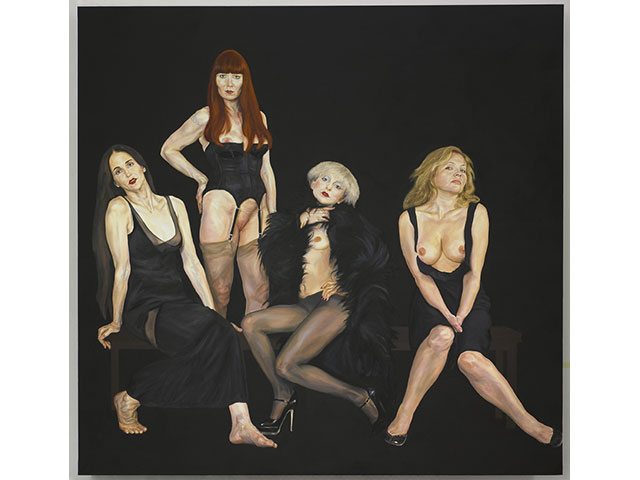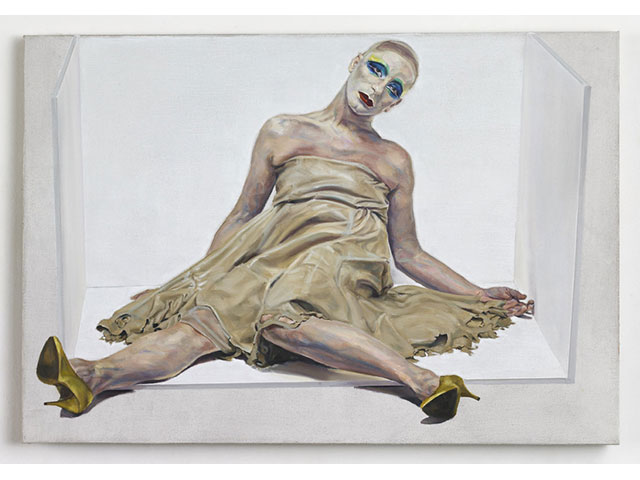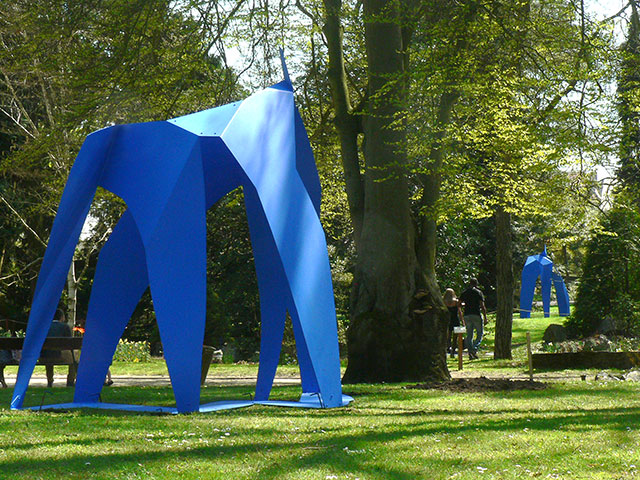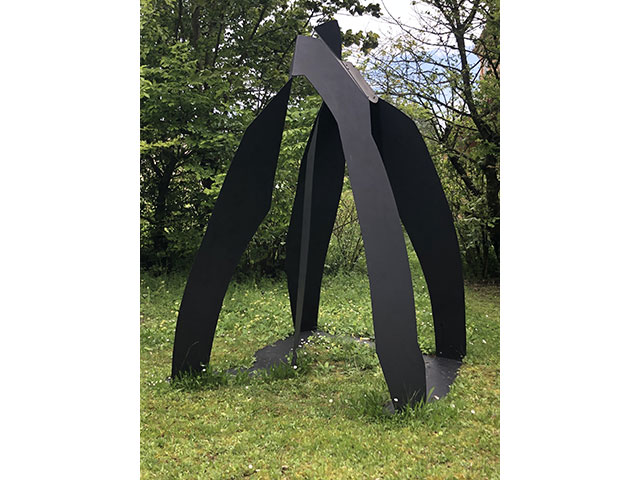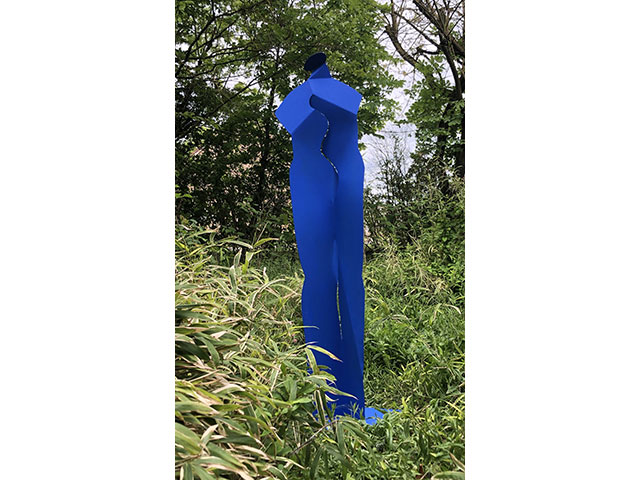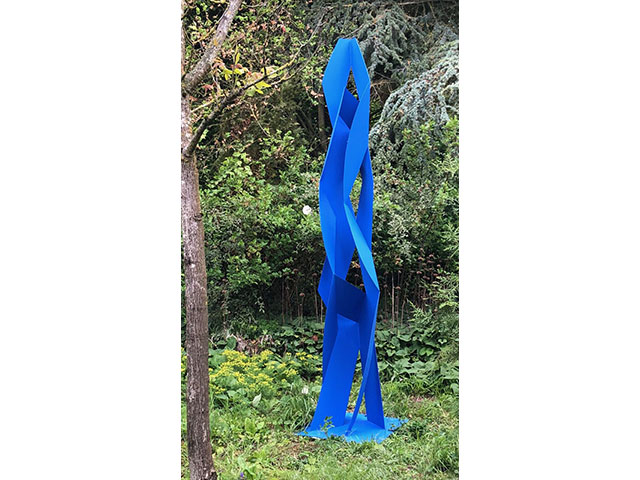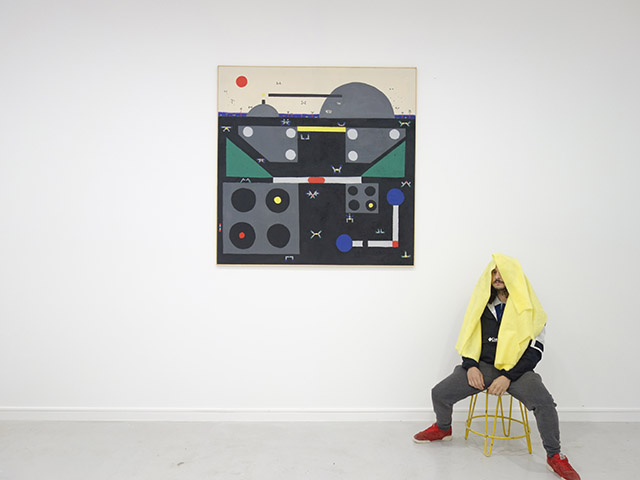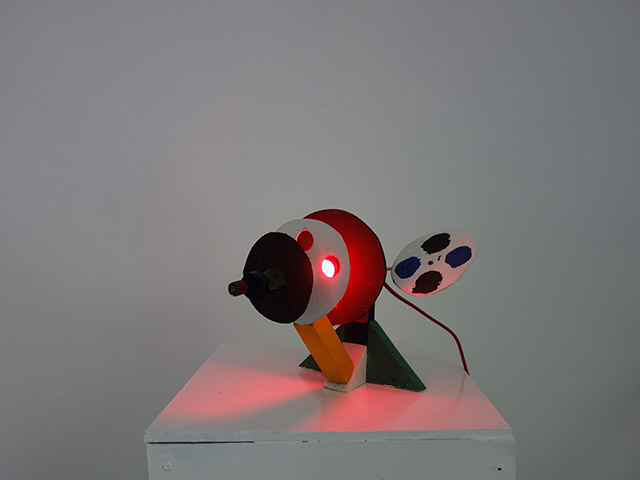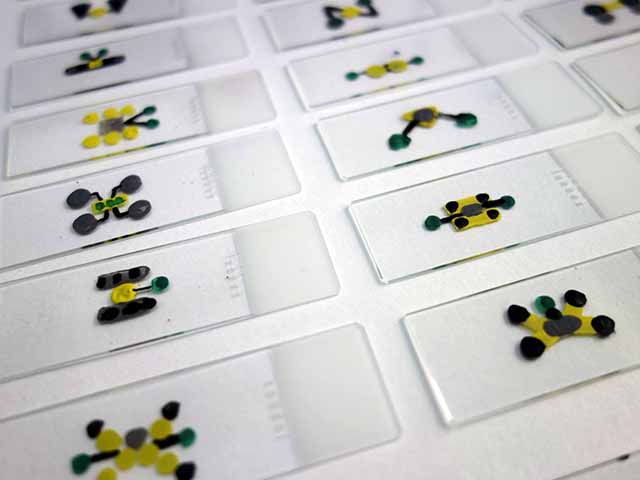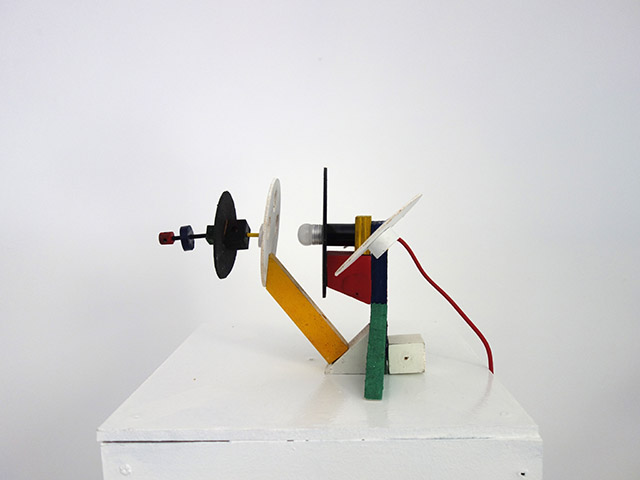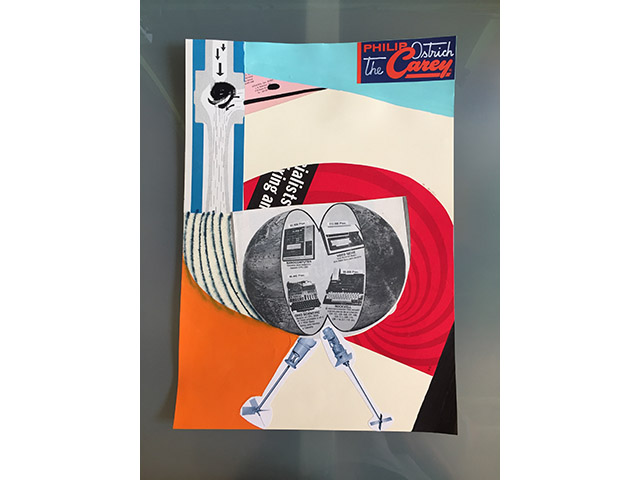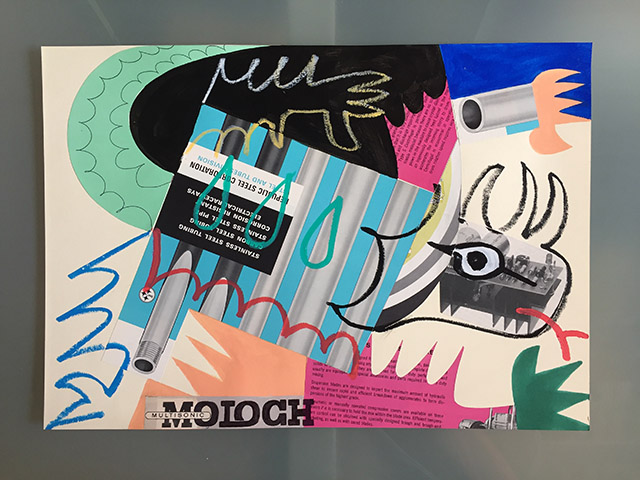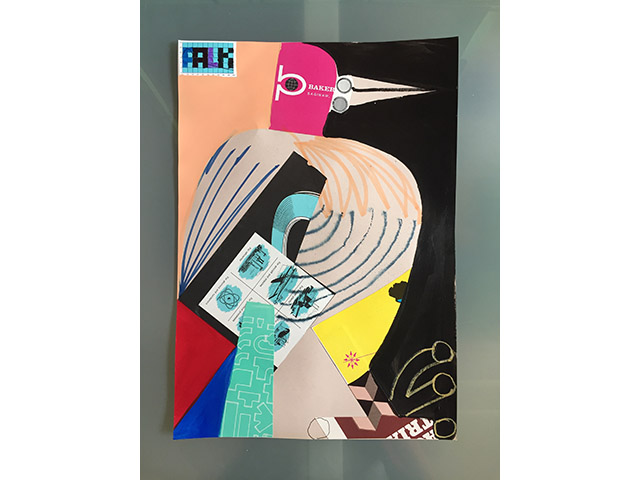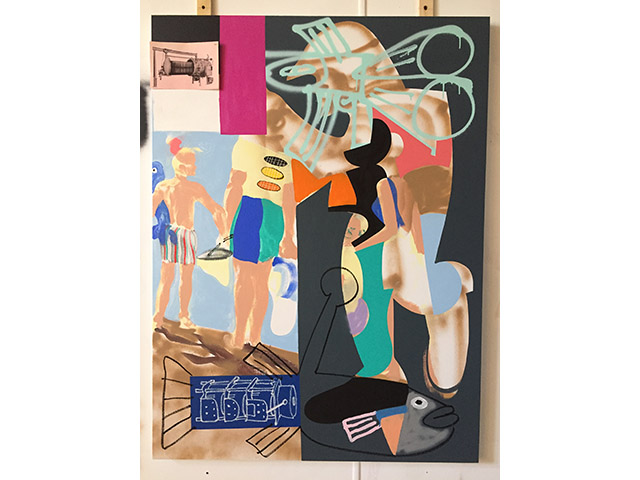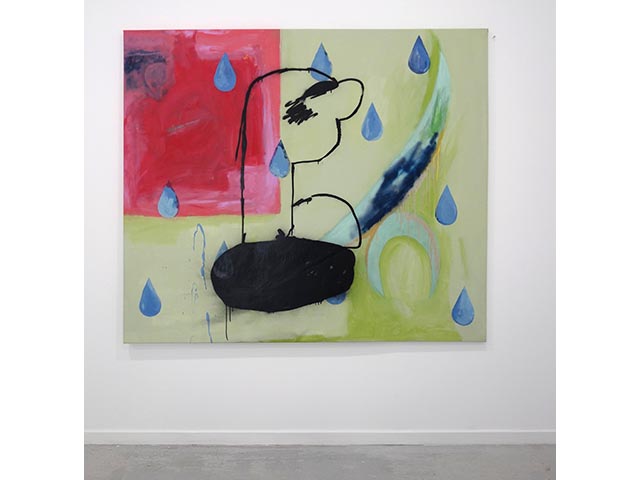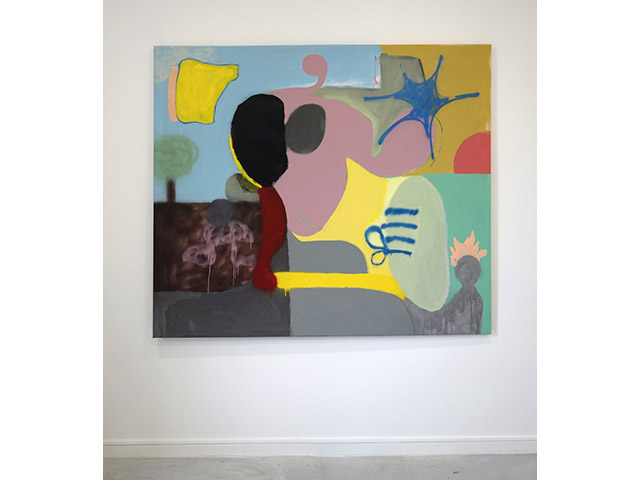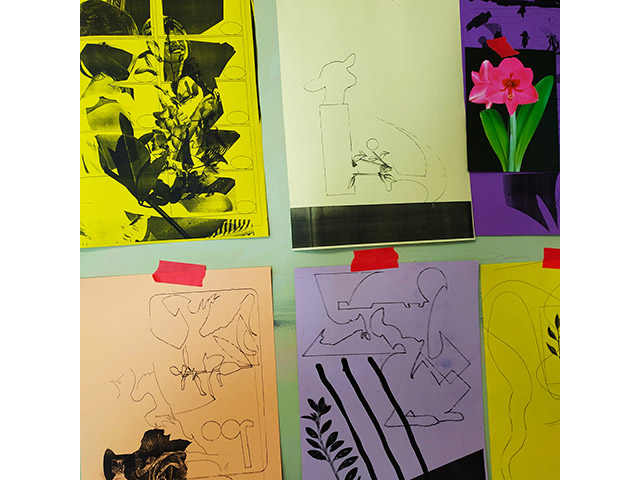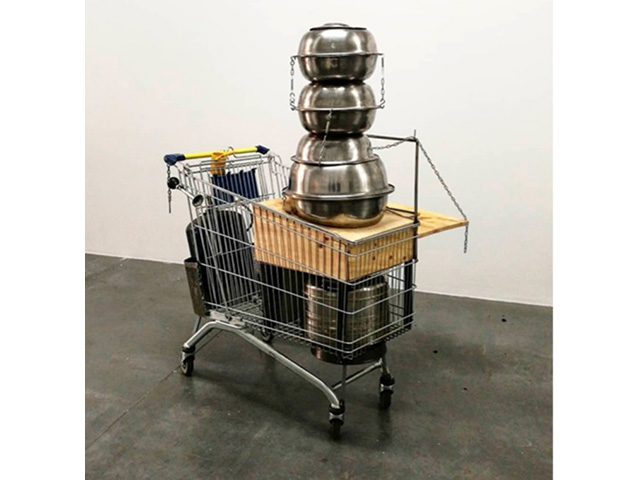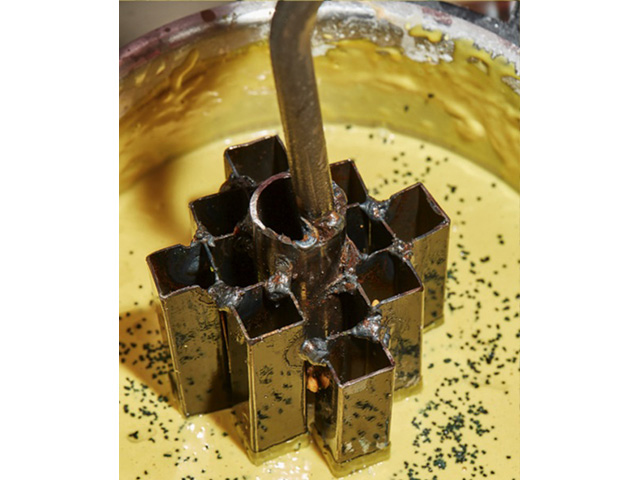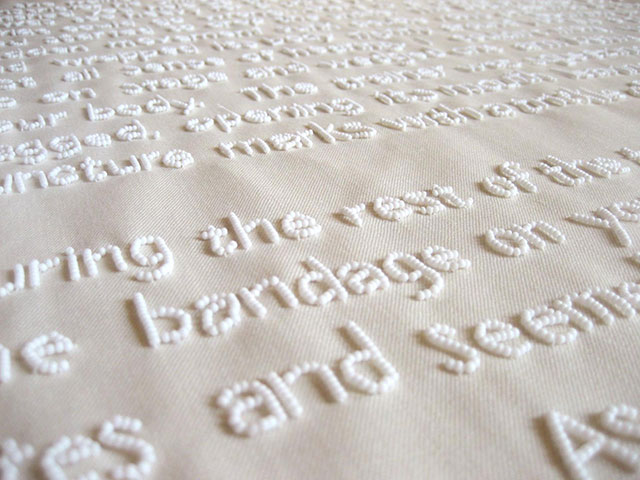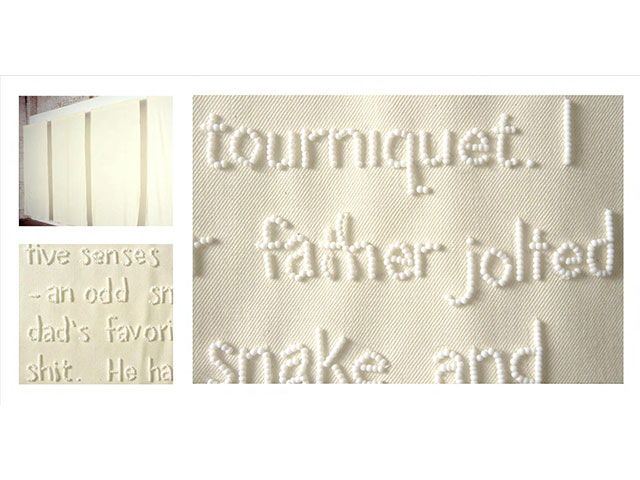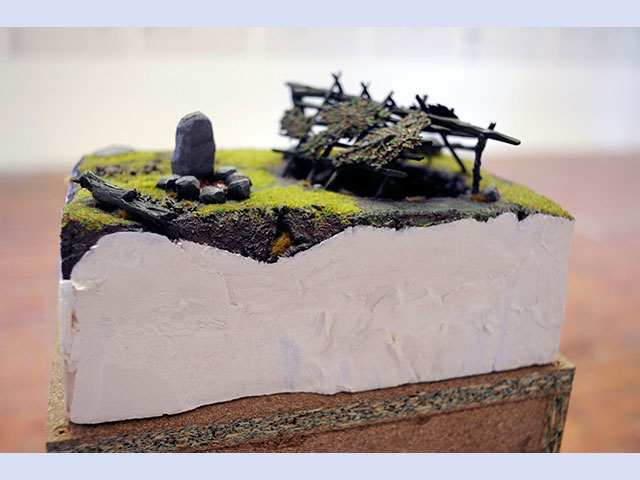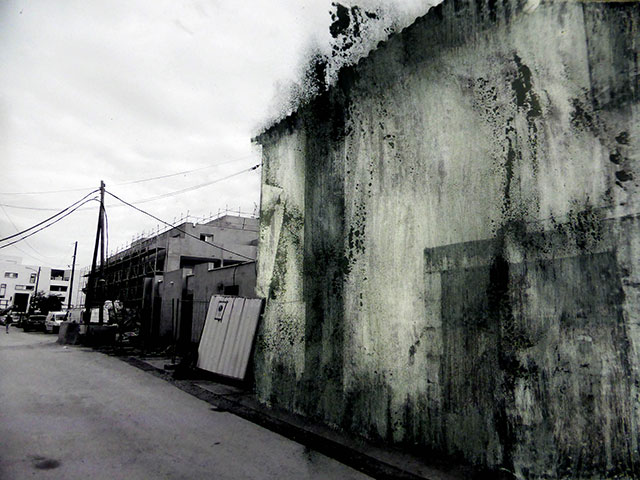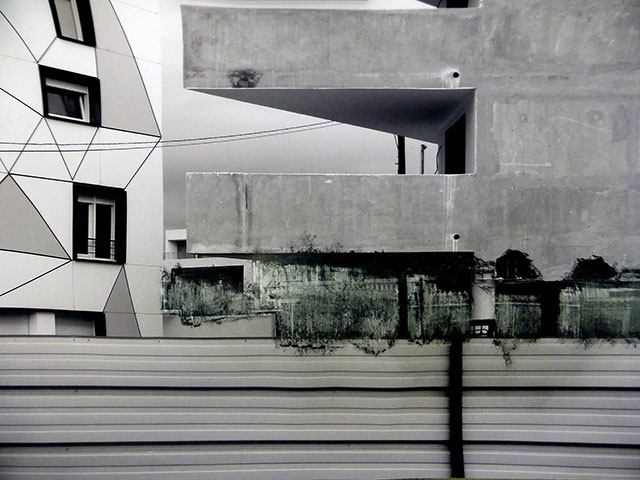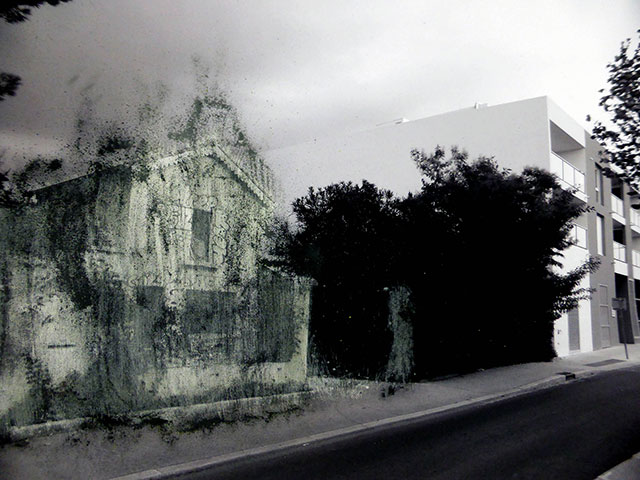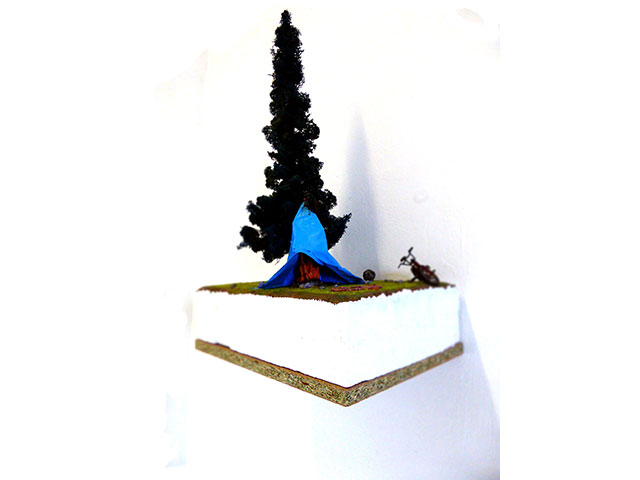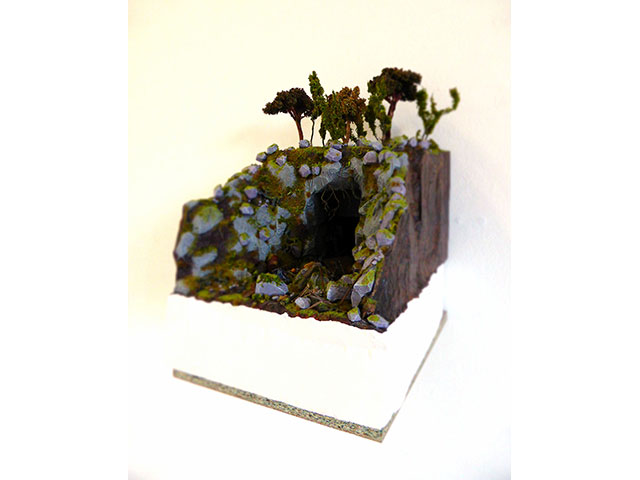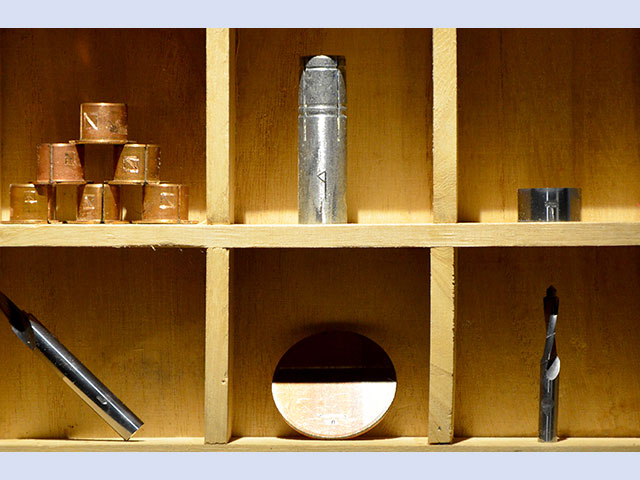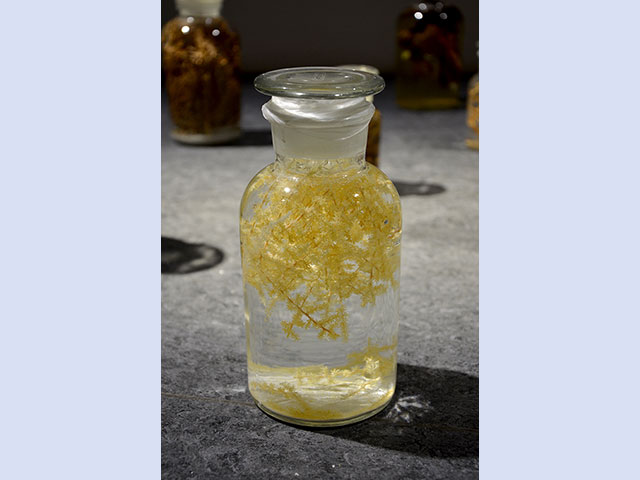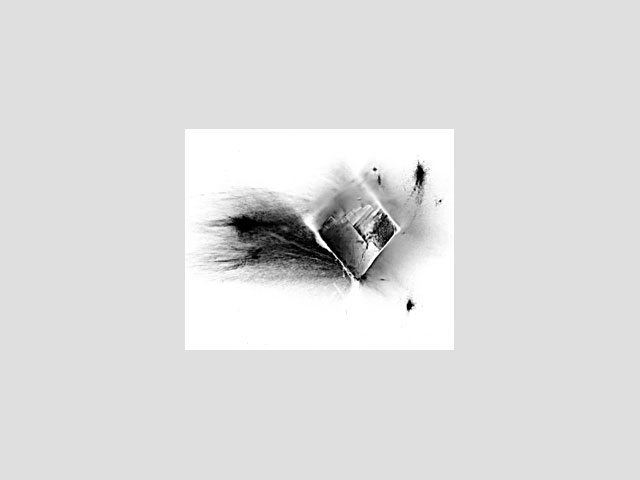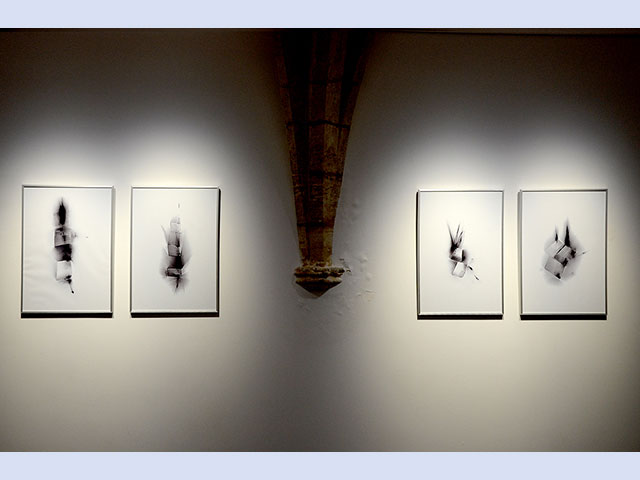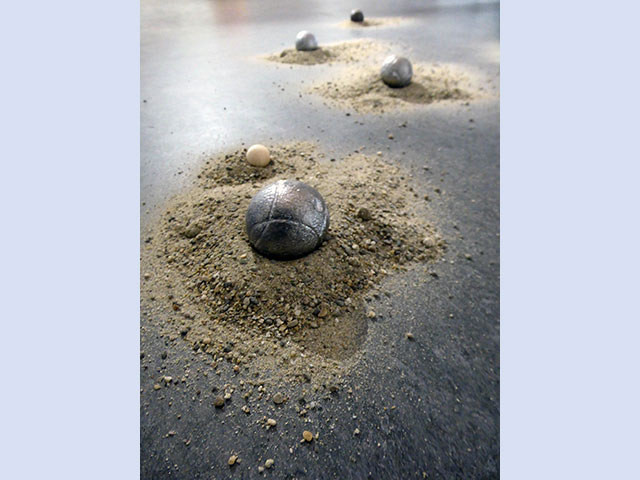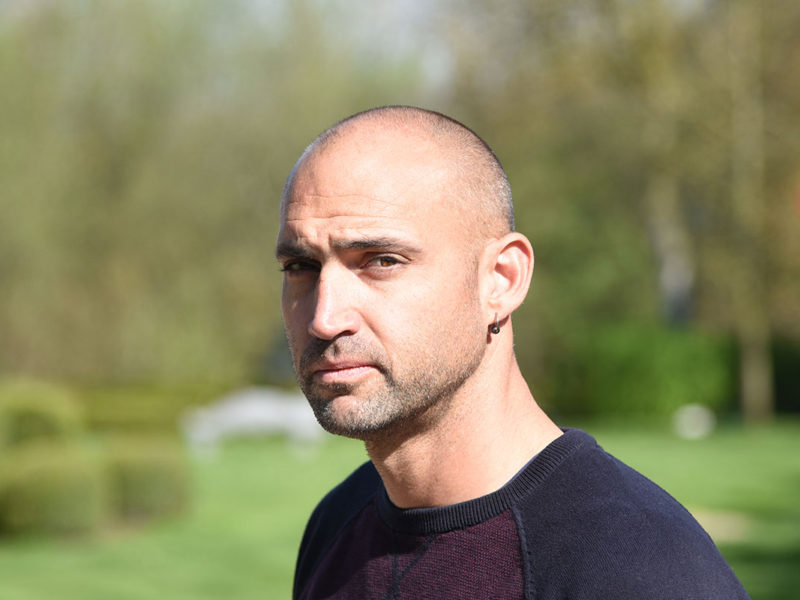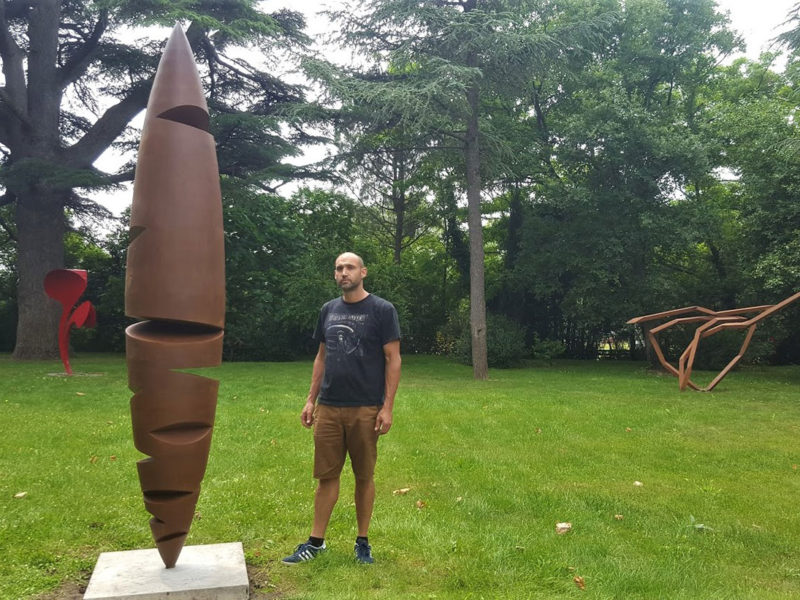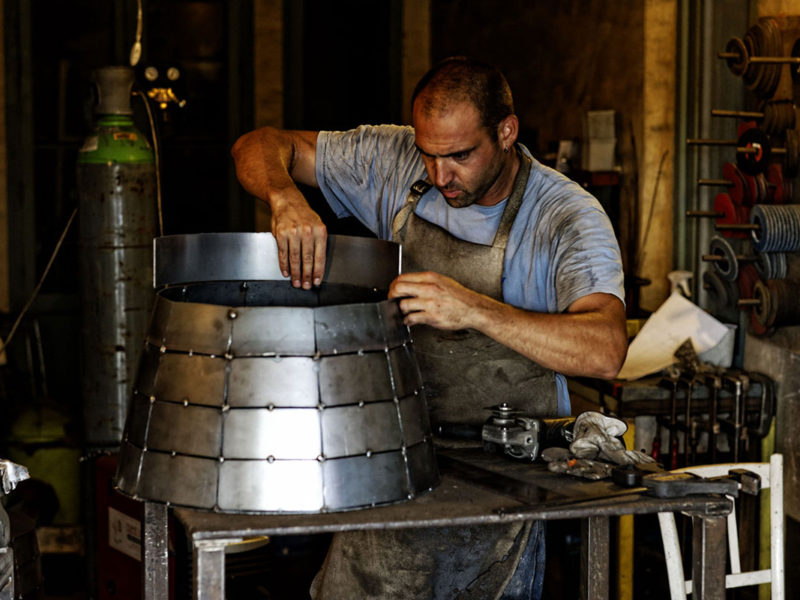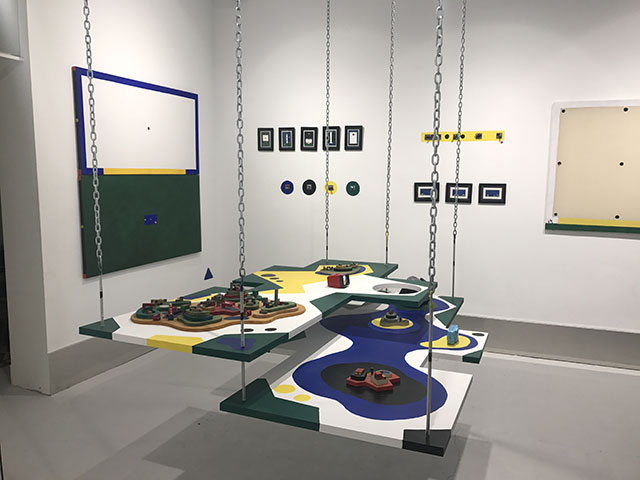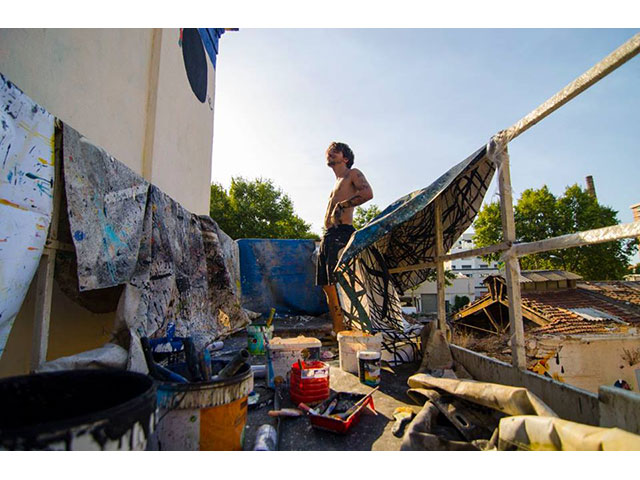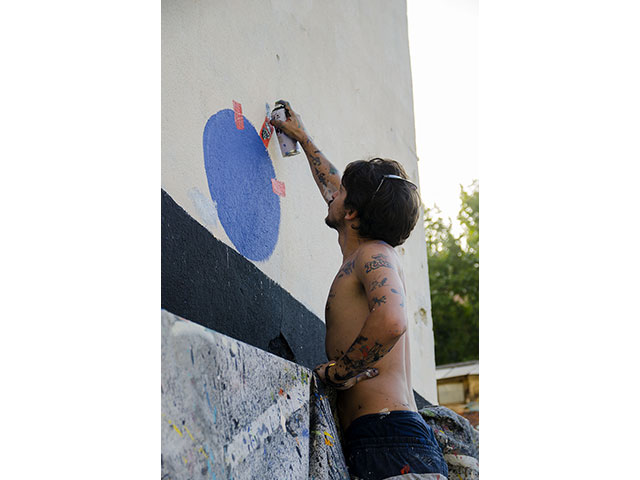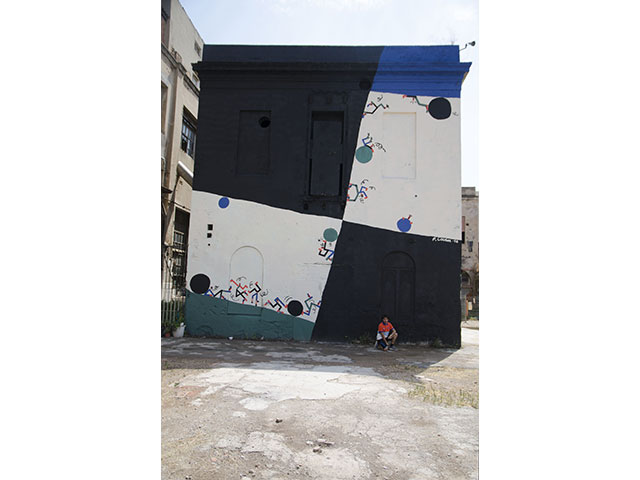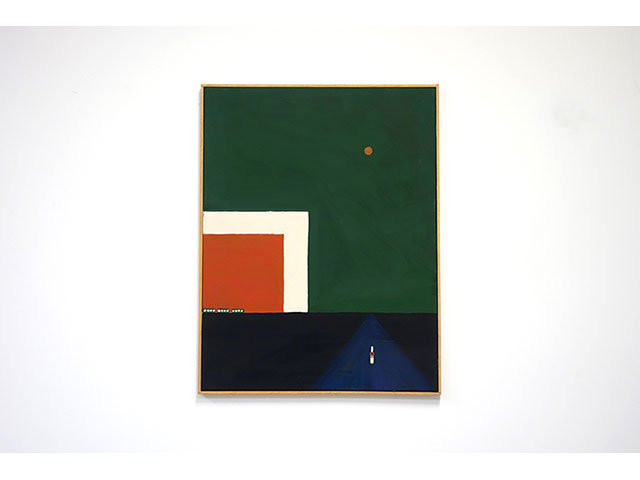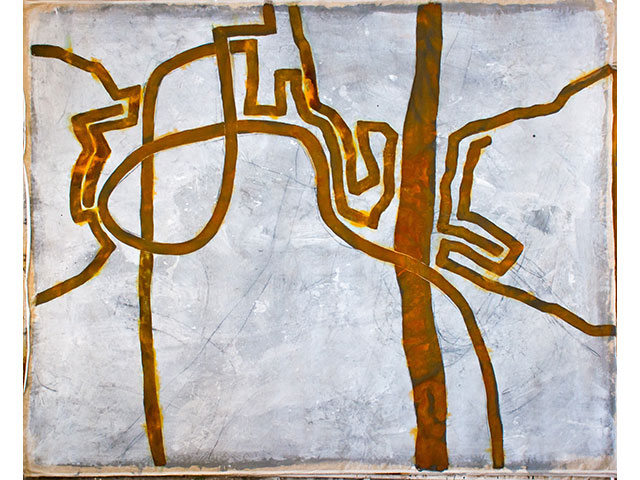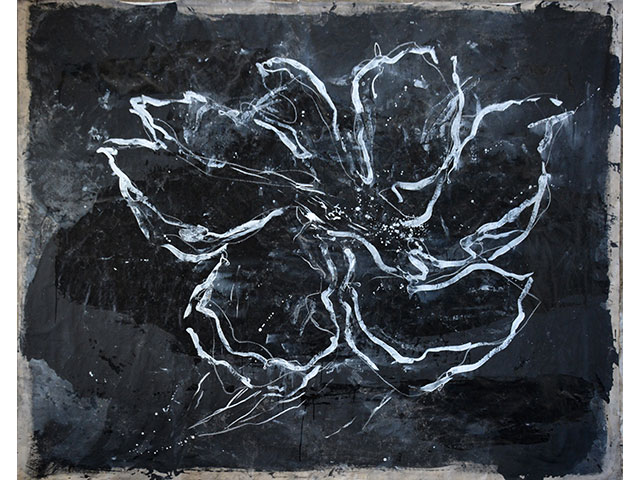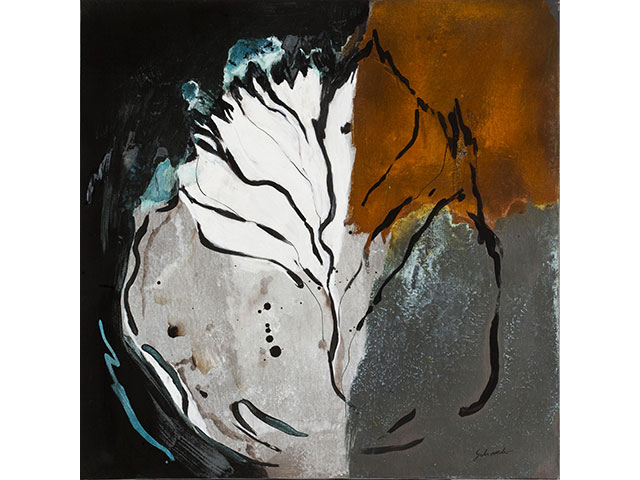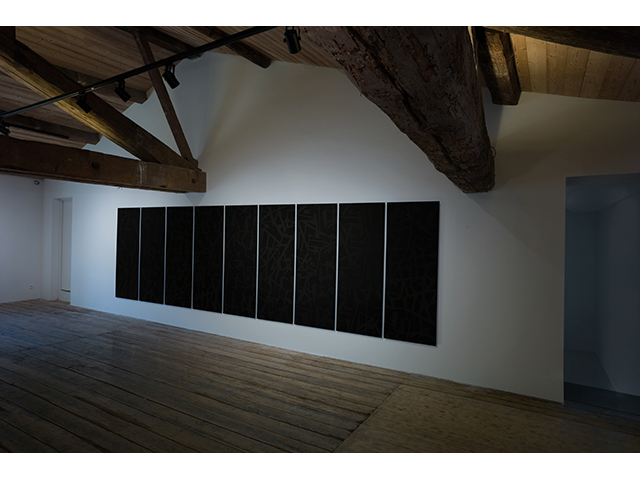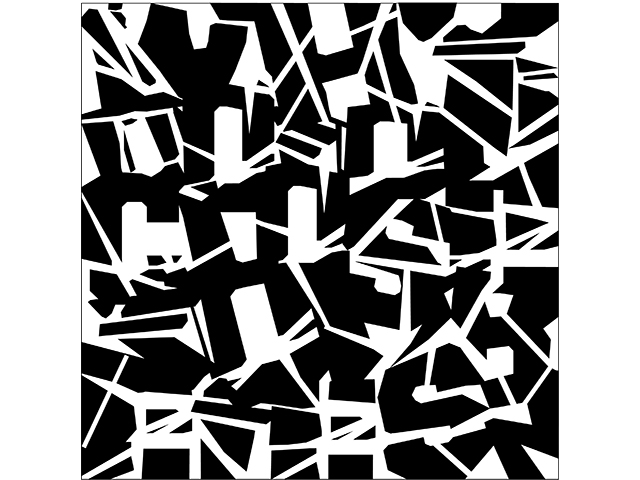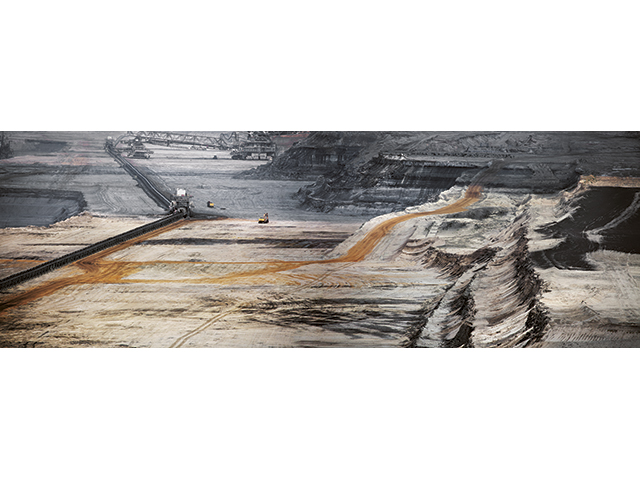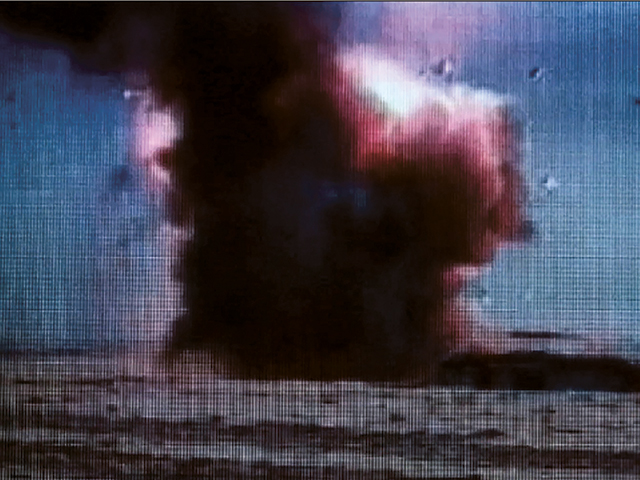ADRIEN FREGOSI
Adrien Fregosi’s artistic production is based on his original practice of drawing. other «medium» gravitate around it, which always find their anchor point there. This use of drawing usually involves a work of composition of disparate elements, which plays on a certain imbalance, between excess and lack. These arrangements often come from recovery, poor materials, found, outdated, unsuitable.
Between personal mythology and a scholarly relationship to alternative cultures, Adrien Fregosi’s work is referenced: he is particularly interested in the renewal of figurative painting, self-publishing, independent graphic scenes from comic strips, and the aesthetics of graffiti culture.
The lexicon used in the artist’s productions is the result of all this research, but these references, digested, are not required when reading these paintings with a tragic-comic narrative. The execution is instinctive, because the draft is not conceived or thought in advance, but allows to build a drawing a posteriori, in refusal of any virtuosity. This creative process in several stages then reveals a form of monologue, acid and tender, which is almost ritual, a liberated energy, a therapeutic process.
PAUL LOUBET
Born in Hérault in 1987, Paul Loubet is a French artist currently living in Valencia. After obtaining a licnse in graphic design from the Institut Saint Luc de Tournai, he moved to Buenos Aires for 5 years where, encouraged by Tristan Rault, he developed his work as a painter.
As an Artist he has been exhibited in France, Argentina, Brazil, Germany, Belgium, Hungary, United States or Spain.
In 2017, he was one of the 7 finalists in the Sciences Po Contemporary Art Competition and won the ADAGP and Palais de Tokyo Urban Art Revelation Prize.
Passionate about popular arts, raw art and many outsider practices, his work is an assemblage of all his references associated with a desire to simplify forms.
At the crossroads between abstract and naive art, Paul Loubet’s work involves a double level of reading, one based on geometric compositions defining spaces and the other more figurative expressed in the spaces thus defined.
Painting exploiting all scales (from canvas of variable format to wall) and sculpture remain the preferred means of expression. `
The themes evoking an uncertain future seem to be constrained in their representation by the limits of their possible technical expression. Although treated with sarcasm or cynicism, they usually reveal an underlying anxiety state.
MARTI SAWE
The artist Marti SAWE was born in Barcelona in 1986. He began to write graffiti at the age of 14, a practice he continues to this day and that was to radically transform his perception of the city. He studied illustration at the La Massana art school. Following his studies, graffiti provided him with the means to combine his work as an illustrator with travel and exhibitions throughout the world. The contrast between the technique, control and discipline he learnt from illustration and the irreverence, flow and disinhibition of graffiti is clear in all his work. His letters and drawings break from the norm and are never formulaic. A tireless explorer, SAWE taught himself animation and founded the MANSON audiovisual studio in 2014, together with three other artists. His career includes four productive years immersed in the animation world, working with leading brands and artists to produce adverts and video clips and as an art director… In 2018, following his first solo exhibition in New York, he decided to focus exclusively on his career as an artist: painting, murals, sculpture, installations, video-art…
WILD CUISINE
Without contours, this duo tries to surf on the
winds of freedom.
Out of pure intuition and love of sensations,
the range of possibilities makes this cuisine a real
experimental field as messy as
magical.
Through fermentation, the
cold smoking, the production of dinosaur eggs, or the manufacture of a wheelbarrow-
fryer, La Cuisine Sauvage travels between art
and cuisine; with only flag its love
of laughter and sharing.
Also very interested and influenced
by the spirit of the biffin, we will find in many
of their performance and interventions, all
kind of hybrid culinary machine, mixing
recovery objects and techniques from
of bricology.
Inspired by their many travels,
our two sidekicks experiment and
reinterpret their vision of tastes and
senses, art and cuisine, with humour
and generosity.



